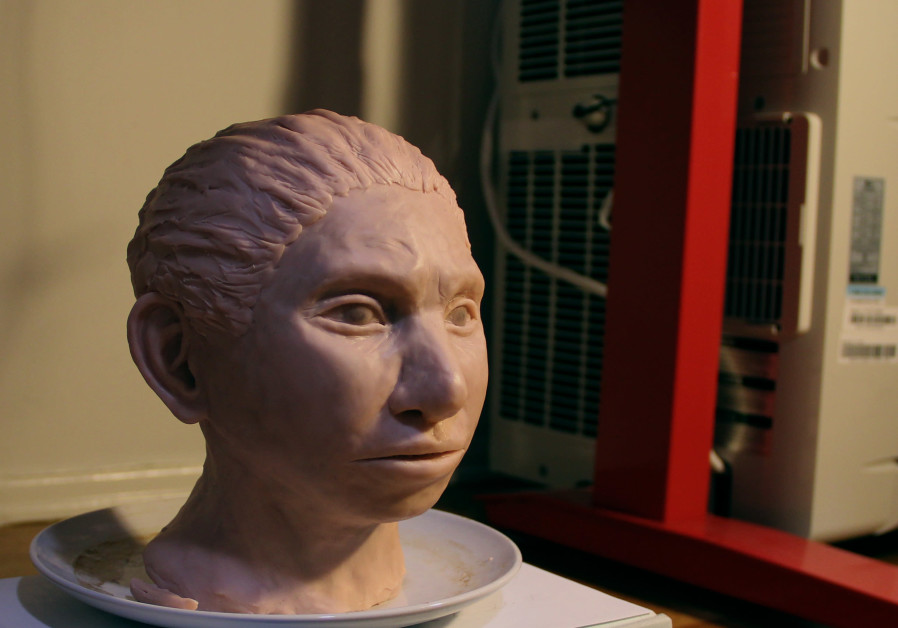Guno צְבִי
We fight, We win, Am Yisrael Chai
Meet “Denise,” the first reconstructed anatomical profile of what, until now, were considered the mysterious Denisovans, a group of archaic humans.
She was revealed on Thursday by researchers at the Hebrew University of Jerusalem. The team who managed to recreate her profile say that long-term, their research shows possible strategies that could be taken for forensic applications.
Denisovans lived in Siberia and Eastern Asia before going extinct approximately 50,000 years ago, said Hebrew University researcher Prof. Liran Carmel, who led the study. But exactly what Denisovans might have looked like had previously been anyone’s guess. Since their original discovery in 2008, researchers had only three fossils to work with: a bone from the tip of “Denise’s” pinkie finger, a few teeth and a recently found lower jaw bone.
The researchers were able to reconstruct the Denisovan profile over a three-year period by examining patterns of methylation in their ancient DNA.
By studying Denisovan DNA methylation maps and comparing them to those of Neanderthals – another group of archaic humans who went extinct in Europe about 40,000 years ago – as well as ancient Homo sapiens, the team was able to understand what the differences might mean to Denisovan anatomical features, based on what is known about human disorders in which those genes lose their function.
“We got a prediction as to what skeletal parts are affected by differential regulation of each gene and in what direction that skeletal part would change – for example, a longer or shorter femur bone,” said Dr. David Gokhman, now a postdoc at Stanford, who also worked on the project.

https://www.jpost.com/HEALTH-SCIENCE/See-the-face-of-your-100000-year-old-ancestor-602259
She was revealed on Thursday by researchers at the Hebrew University of Jerusalem. The team who managed to recreate her profile say that long-term, their research shows possible strategies that could be taken for forensic applications.
Denisovans lived in Siberia and Eastern Asia before going extinct approximately 50,000 years ago, said Hebrew University researcher Prof. Liran Carmel, who led the study. But exactly what Denisovans might have looked like had previously been anyone’s guess. Since their original discovery in 2008, researchers had only three fossils to work with: a bone from the tip of “Denise’s” pinkie finger, a few teeth and a recently found lower jaw bone.
The researchers were able to reconstruct the Denisovan profile over a three-year period by examining patterns of methylation in their ancient DNA.
By studying Denisovan DNA methylation maps and comparing them to those of Neanderthals – another group of archaic humans who went extinct in Europe about 40,000 years ago – as well as ancient Homo sapiens, the team was able to understand what the differences might mean to Denisovan anatomical features, based on what is known about human disorders in which those genes lose their function.
“We got a prediction as to what skeletal parts are affected by differential regulation of each gene and in what direction that skeletal part would change – for example, a longer or shorter femur bone,” said Dr. David Gokhman, now a postdoc at Stanford, who also worked on the project.

https://www.jpost.com/HEALTH-SCIENCE/See-the-face-of-your-100000-year-old-ancestor-602259
